Employment Trends In The Time Of COVID-19
It would be a bit of an understatement to say the COVID-19 has changed employment across America in 2020. Back in April unemployment peaked at 14.7% with over 23 million people unemployed (not 40 million as the mainstream media continues to falsely claim).
I’ve done a few posts about unemployment and the recovery of jobs to highlight mapping tools. For this post I want to discuss some employment trends that the Bureau of Labor Statistics recently posted.
Early COVID Losses
The BLS took a look at job losses that occurred through April in the early days of the COVID pandemic and lock downs. In February there were about 152 million jobs total in America, and as I stated we had lost about 23 million of them by late April (again for effect – not 40 million!!). To be fully clear, that is non-farm employment and that’s how official employment is calculated and always has been.
How did these losses look by industry? From the BLS report:
The leisure and hospitality industry, including restaurants, hotels, and amusements, saw the largest percentage decline, down 49.3 percent from February. Other industries saw percentage declines similar to the overall total, such as retail trade (decline of 15.2 percent) and construction (decline of 14.2 percent). And some industries experienced small declines, such as financial activities (decline of 3.2 percent). These differences stem from many factors, including stay-at-home orders, the need for workers in essential industries, the ability for some work to be done remotely, and on and on.
Here’s the chart:

The decline in leisure and hospitality makes total sense and matches with what I saw in my local area. The bottom 3 on the chart are also logical. Utilities are still needed regardless of a pandemic, people were still spending and moving money, and governments don’t need to make a profit so they were less likely to lay people off.
Don’t Call It A Comeback
Now let’s look at how things started to recover. As my post about the recovery of jobs detailed, it was a surprisingly fast recovery, to me at least. But with unemployment still at 8.4% compared to 3.5% pre-COVID, we’re far from fully recovered.
From the BLS report:
By August, about 10.6 million jobs were added to employer payrolls. One way to look at these figures is to consider what share of the March/April job loss was “recovered” by the May/June/July/August job gain. Overall, 47.9 percent of the decline was recovered. The retail trade industry restored the greatest percentage of job losses, 72.5 percent, followed by other services (including barbers and salons, 61.2 percent) and construction (60.8 percent). Education and health services recovered 47.6 percent of lost jobs, nearly equal to the overall percentage of jobs recovered, as did manufacturing (47.2 percent). Utilities, mining and logging, and the information industry had fewer jobs in August than in April.
Here’s the chart:

Notice that retail trade posted the best recovery, besting out leisure and hospitality which had the worst decline. Leisure and hospitality did recover at a slightly better rate than the overall average, but considering the big hit that industry took it’s clear to see that many who work in that industry are still suffering and likely on unemployment benefits.
Also of note, mining and logging, utilities, and information got worse, so it appears the effects of COVID lock downs hit those industries in a delayed fashion.
Employment Trends In Some Industries
The BLS report looked into some industries in detail and it’s fascinating to see the variance within in an industry. Here’s there analysis of differences in the the health care sector:
Within health care from February to April, hospital employment showed a slight decline while offices of physicians lost about 11 percent of jobs. In contrast, offices of dentists declined by 56 percent, losing more than half a million jobs. As of August, employment had rebounded in most health care industries, with the notable exception of nursing and residential care facilities, which has declined each month since February.
And the chart:

Note that jobs in nursing and residential care facilities have been in continual decline since April. I’ve heard of the financial losses that hospitals have incurred due to the lack of elective surgeries, but I’m not enough of an expert to give reasons behind this. If any of my healthcare or nurse readers want to chime in please comment below.
The sharp recovery in dentists doesn’t surprise me. Almost all were completely shut down in the early days of lock down. Most quickly implemented COVID safety procedures and are now at least open, but probably still losing money I would assume.
Here are some more industries:

This makes sense to me. Food and beverage stores as well as general merchandise stores have been steady since we all still had to go grocery shopping and buy essential items. But non-essential stores like clothing and department stores took huge hits, then started roaring back as people got COVID fatigue and started to go out again.
Also note that building material and garden supply stores, food and beverage stores, and general merchandise stores are now above their February employment numbers. General merchandise stores seem to be the biggest winner, and that sector has gained quite a lot of jobs from COVID.
Job Postings
Because I go above and beyond here at Accidental FIRE I found this very scholarly paper about the change in job postings after COVID. Here’s an interesting chart from the paper:

Industry Distribution of Post-COVID Declines in Job Postings. This figure plots the industry distribution of the cumulative percentage change in the number of active job postings for the post-COVID period (relative to the average number of active job postings in the same weeks of 2017–2019).
Some of those industry changes make sense to me, but many don’t. For instance, why would electrical equipment manufacturing incur so many less job postings? I admittedly haven’t read the whole paper, but I do like to dork out on stuff like this and learn.
It will be interesting to see the continual (hopefully) recovery in the job market as COVID plods on, and you can trust me to keep you informed about employment trends with lots of geeky data and analysis!










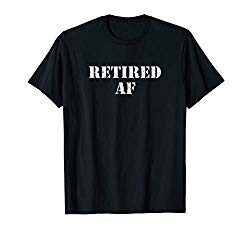


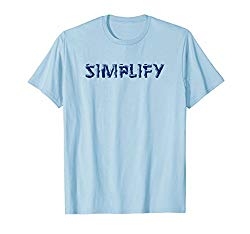


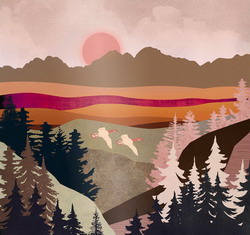
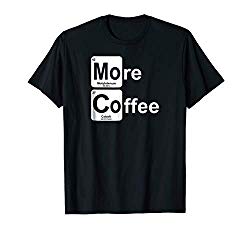
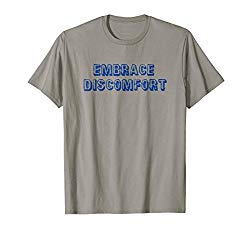
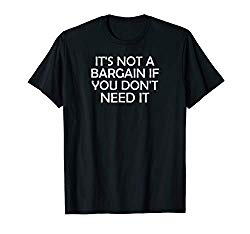
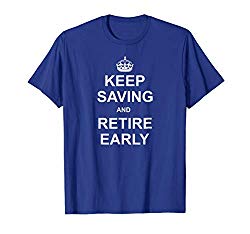

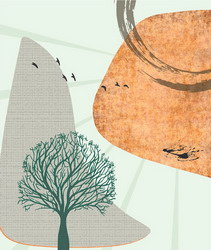
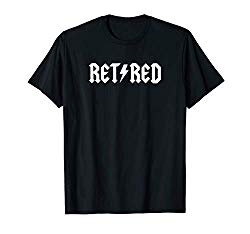
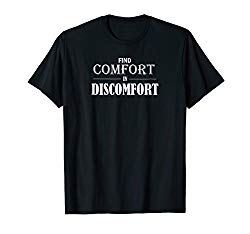
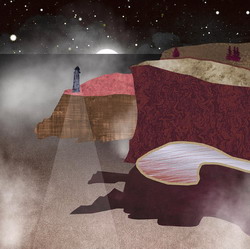


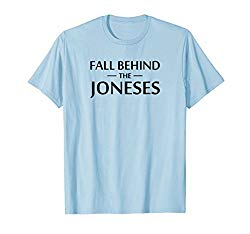

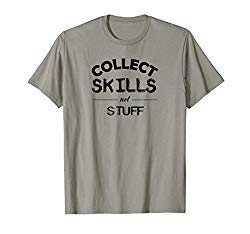
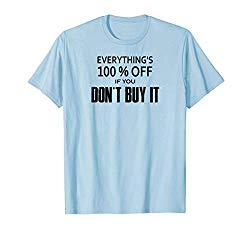










Good stuff as always Dave and thanks for all the work unearthing the data and charts. It’s been very interesting following this as things continue to evolve. I agree, most all of it makes sense and aligns with what I am personally observing here in my neck of the woods. Here’s to continued recovery and looking forward to what Q4 brings us.
Here’s to better times indeed!
i’m just now going to see my dentist next week for my march appointment. that’s a bummer and a bigger one is my favorite hygienist ever no longer works there. she mattered a lot more than the dentist who takes a peek and spends 5 minutes at most.
My dentist closed, unfortunately. He was gettin’ up there and would always joke that his wife wanted him to retire. Well, I guess covid forced his hand. Sucks because I liked him.
The hospitality industry got hit hard. So many small restaurants and businesses are struggling or disappeared. That’s sad to see. Large corporations can weather this pandemic so much better than small shops. Hopefully, things will improve next year.
Things around me are weird. I live near a very touristy area with lots of restaurants, and I haven’t seen a single one that’s closed from this. Actually a few new ones opened, although they had plans to do that before covid started. But from the data I obviously agree it’s bad for them, my area just seems to be an outlier.
Most interesting information Dave.
One industry that’s still reeling are the airlines. Whether for business or leisure travel, their numbers are way down. In addition, the cruise lines are effectively beached high and dry. Besides employment numbers being way down, I wonder how many will go under?
Well the airlines will likely be bailed out if one threatens to go under. Unless it’s a tiny one, it’ll be deemed essential, we’ve seen that. Cruise lines, who knows. I wouldn’t care it they all went under, I consider them just big shopping malls on the water, not something I’m into 🙂
As always very insightful, I wonder if there would be any regionalized differences – would there for example be any differences in the findings between say New York which was really hard hit at first and say Los Angeles or Denver? I think that this pandemic will alter how we look at work.
I’m sure there would be regional differences but I don’t think the BLS can track that, they probably don’t have the resources. And I hope it alters how we look at lots of things
Very interesting and thought provoking as usual Dave. Friends of mine tell me they’ve been told they may not go back to the office until end of 1st qtr 2021. While they still draw a paycheck and benefits, it saddens me to think about all of the support staff of the large offices that are no longer needed. The list is long – cafeteria staff, custodians, landscapers, maintenance, security, etc. While most have been eliminated, others like maintenance and security have been scaled back significantly. I see similar situations in an industrial park near me, Where once thousands of cars were parked each day – now only hundreds. The businesses have adapted to WAH. However, while many enjoy working from home, many that supported the office have been displaced. I’m hopeful the vaccines present the opportunity to turn things around for a great many out there. Keep up these terrific posts!
I think the key word in your comment is “adapted”. Yes many businesses are suffering, but others are flourishing. There’s probably more of the former than the latter, but it’s complex. I obviously hope for a vaccine too, and when we get it I hope that everyone learns the lessons about WFH and makes permanent changes. I like clean air 🙂
This is really informative–appreciate the hard facts.
I’m in the commercial construction industry in the Bay Area, and I fear the full impact to my industry has not yet been realized. Sure jobs paused during the shelter in place for a few weeks, then started back up. But new projects normally take 2 years from inception to ground break, and a ton of upcoming jobs have been pushed back indefinitely or canceled. The only construction jobs going now are ones that were in mid production during the outbreak or are being publicly funded. Certainly will be a giant lull in work in the near future.
Very disconcerting and sad what this virus has done to our economy. I’m optimistic about the rebound, it’s the uncertainty of the near future that kills me.
I have a lot of architect friends who also tend to have long drawn out projects, but maybe not as long as yours. They also haven’t seen an impact but are fearing it will still come. Only time will tell. Thanks for the comment and kudos!
What I think will be most interesting is how things look on the other side of this.
If we can imagine a future where the economy has rebounded, job losses are recovered…
…what does that look like?
I don’t think it’s going to be a simple transposition over time; we’re not going to see the exact same number of jobs by sector pre/post recovery.
What jobs will be more or less permanently lost and what sectors will see increases to match those job losses?
From a data/statistical/economic standpoint, that’s the thing that most interests me in this analysis. There’s some clues already there.
It’s a great question man. There’s lots of predictions out there but who knows. One ting is clear right now – Amazon and home delivery are kicking ass and even though I don’t buy individual stocks I’m more tempted than ever 🙂